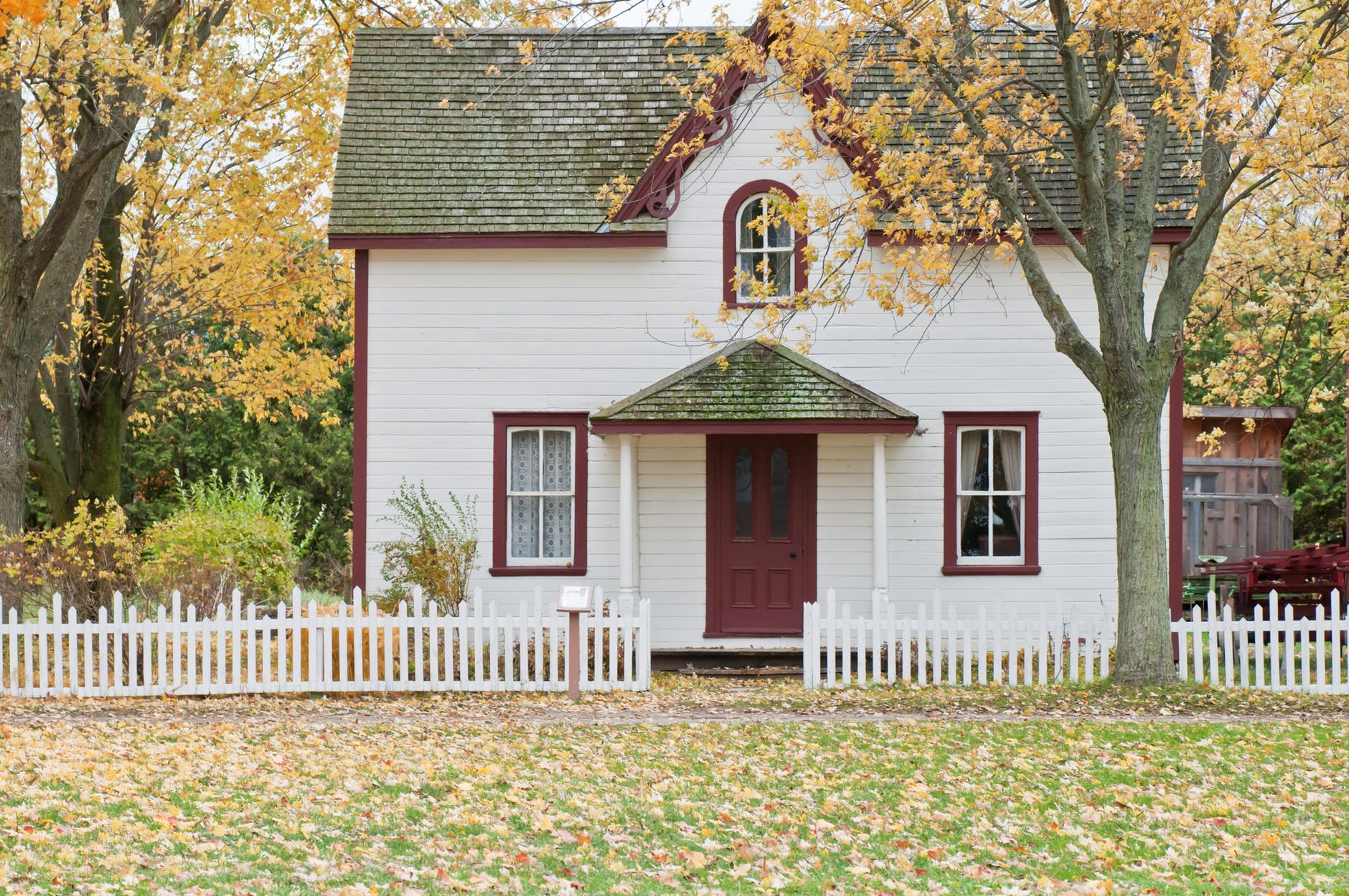Could The 30-Year Mortgage Be Detrimental To Your Financial Wellness?
Which mortgage loan is best: the 15-year or the 30-year? It’s one of the most common questions we receive in this business. Like many financial questions, it really depends on the circumstances of the individual.
Why 30 years?
Prior to the Great Depression, mortgages were shorter. To stimulate home buying, the government agreed to back longer-term loans. The thinking on the 30-year loan was a person would be able to pay off the loan over the course of their working years. While many credit the 30-year mortgage with fueling the American dream of owning your own home, we have seen a call for the end of the 30-year mortgage due to concerns about the amount of interest consumers pay and recent abuses of the system, most notably during the financial crisis. In most developed countries, 15-year mortgages are the standard.
The numbers tell the story.
The concern about the amount of interest paid on a 30-year mortgage is easy to see once you enter it into a calculator. On a $260,000 30 year mortgage at 4%, the buyer would end up paying more than $186,000 in interest over the life of the loan. Compare financing that same amount using a 15-year mortgage at 3.75%. The total amount of interest paid drops to $80,000. That is 57% less interest!
That same calculator also illustrates that much of the interest is paid in the earlier years of the mortgage. This is especially important when you consider that most people will not live in the same home for 30 years. If you make 2-3 home purchases over your lifetime and keep choosing the 30-year option, you are restarting the interest train without making much of a dent in the principal.




